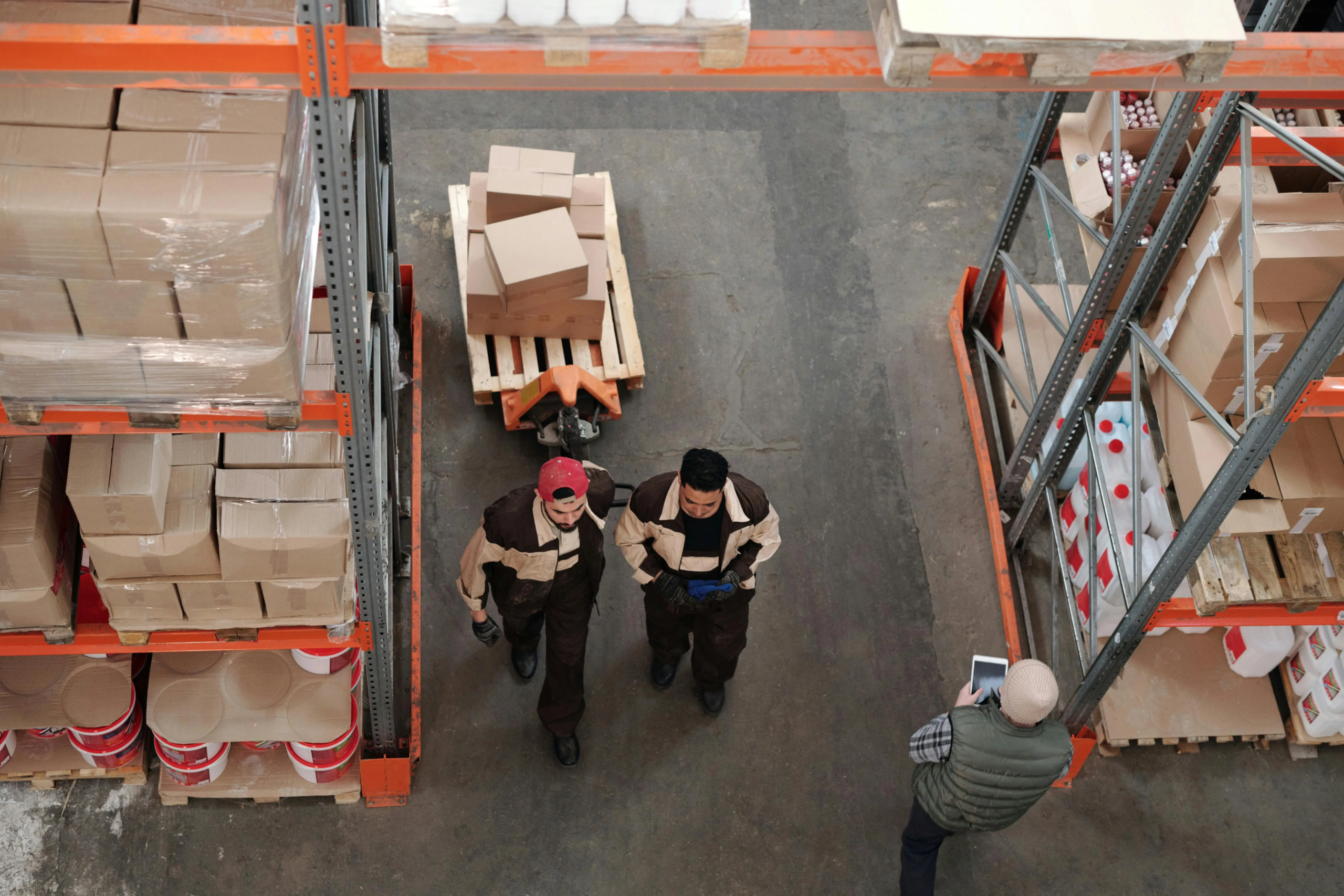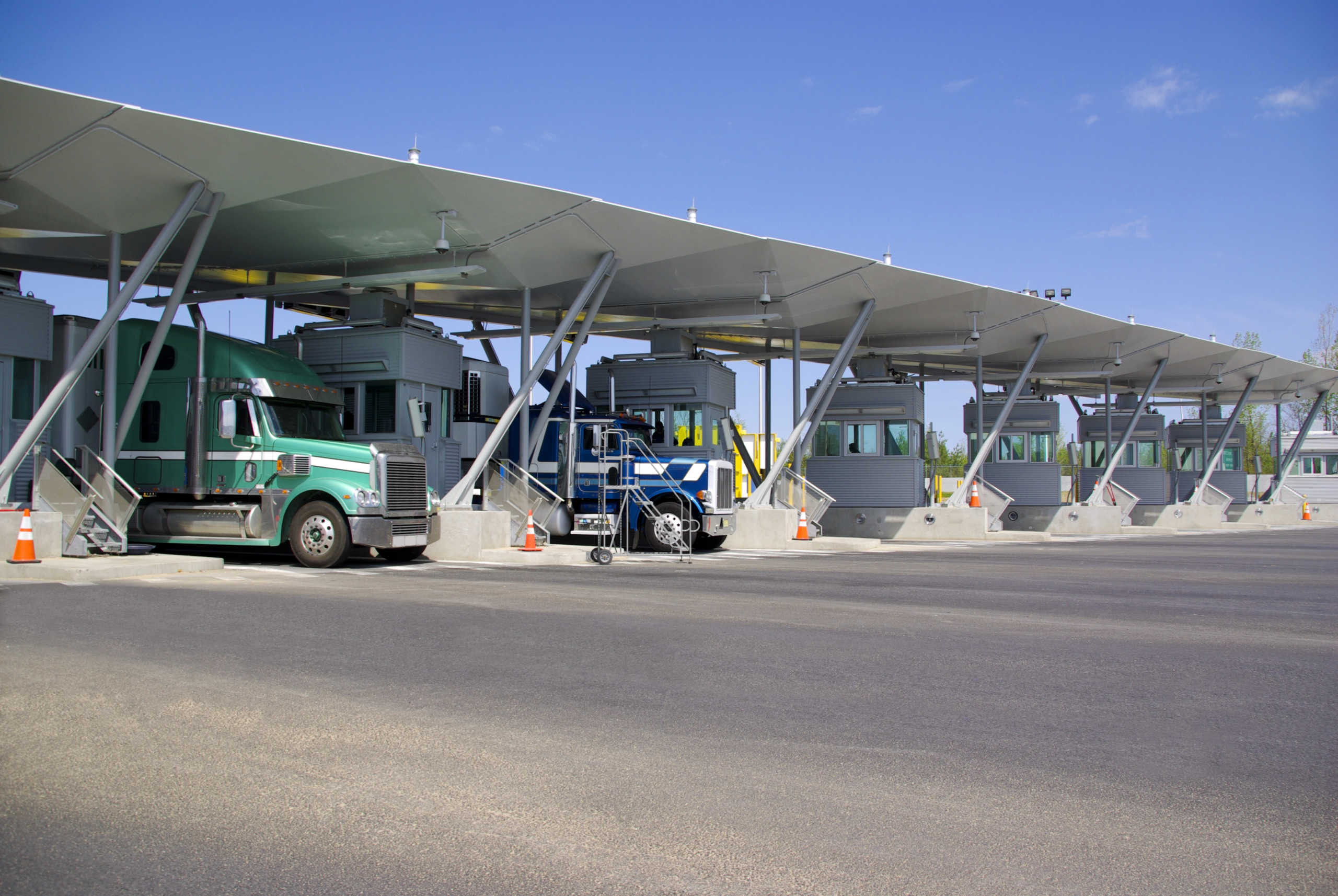Cargo transporting with a flatbed trailer is common for construction, logistics, agriculture, and oil and gas sectors. These industries often require handling of heavy equipment, oversized items, and large materials. However, loading on these trailers requires more than just putting items on the trailer. It involves thorough planning, technical skills, and adherence to safety protocols.
The Importance of Safe Loading and Transport on Flatbed Trailers
Flatbed trailers are suitable for handling a wide range of goods, such as oversized or irregularly shaped items. However, how you should transport a load on a flatbed truck depends on several factors, such as the cargo type, its weight, dimensions, and special permits required for oversized or overweight loads.
One of the most significant considerations when loading flatbed trucks is safety. Whether you haul heavy equipment or bulk materials, improper hauling can result in accidents. Before the loading, you must assess the cargo’s weight, size, and how it should be secured. The cargo must be secured with the use if chains, straps, or other devices approved for the load you transport. It’s also important to ensure the truck and trailer meet legal requirements, such as weight limits and permits. This also includes checking high restrictions on your route.
You must also check that the transported item doesn’t exceed the trailer’s weight capacity or axle limitations. Overloading can lead to serious mechanical failures, such as tire blowouts or braking system malfunctions. In addition, weight of the cargo and gross vehicle weight of the truck should comply with local and federal regulations.
Truck drivers should periodically inspect their cargo throughout the delivery process, especially after traveling over rough terrain or hitting bumps. Checking the tightness of securing straps or chains can prevent accidents en route.
Correct cargo loading on flatbed trailers minimizes hazards to the driver and other traffic participants. This helps prevent accidents, road obstruction, and potential damage to the cargo or trailer.
Potential Hazards When Loading and Unloading Flatbed Trailers
When loading a flatbed trailer, you should pay attention to a range of factors. Otherwise, you can face several hazards, from cargo shifts and falls to equipment failures.
Cargo shifting. If a load isn’t properly balanced or secured, it can move during shipping. This destabilizes the trailer, making it harder to control the vehicle and increasing the risk of accidents. Unsecured cargo can also fall from the trailer, damaging the load, the truck, or other traffic participants. You should use proper cargo securement methods and devices to avoid this.
Strain injuries. Another risk when loading flatbed trailers is strain injuries amid improper lifting technologies or manual lifting of heavy items. Workers involved in loading and unloading activities should be trainer in proper lifting methods and use mechanical assistance, like forklifts or hoists.
Falls. This is a significant hazard, especially when workers climb onto the trailer bed to secure the cargo. Slips or missteps can lead to injuries. Use safety ladders and secure footholds when accessing the trailer to reduce the chance of falls.
Equipment failure. Ramps that are not rated for the load or failure of tie-downs can lead to the load dropping or shifting. In addition, if the tie-downs are frayed, rusted, or compromised, they may snap or loosen during transit. Thus, safety measures include regular inspection of all equipment, such as ramps, chains, straps, and load binders.
You can address these hazards through proper planning, use of the sufficient equipment, and compliance to safety protocols. Thorough preparation is the first step toward successful transport, protecting the truck driver, the cargo, and the vehicles.
How to Prepare a Flatbed Trailer for Loading
The important aspect when you haul the cargo is the thorough preparation for loading to ensure the safety and the efficiency of the process. This includes checking the trailer, ramps, and all associated equipment.
Inspect the Trailer
The first stage of preparing for a flatbed transportation is a full inspection of the trailer. Check for visible signs of wear, such as rust, cracks, or any bent components that could weaken the integrity of the trailer. Pay close attention to the axles, tires, and brakes, as their poor condition can result in higher accidents risk.
Secure the Ramps
Is you’re planning to use ramps to load the cargo, make sure they’re properly secured to the truck. Ramps should be firmly attached and rated to handle the weight of the transported items. Insufficient ramps can cause buckle or collapse, leading to accidents.
Choosing the Right Equipment
The success of loading depends on the equipment you use. for instance, heady-duty straps, chains, binders, and tarps should be available and in good condition. In addition, the chosen equipment must meet industry standards and be rated for the cargo weight and type.
How to Load a Flatbed Trailer Safely
Once you finish the preparation, you can start the flatbed trailer loading process. Careful planning and adherence to safety protocols ensure effective loading with no damage or injuries.
Make a Plan
Planning is the first step for the safe and efficient loading. Decide how and where each item of the load will be placed. Arrange them, making the heaviest objects closer to the trailer’s center. In addition, you should consider the unloading process at this stage as well to make it more efficient.
Ensure Proper Weight Distribution
Weight distribution is one of the critical aspects of proper load securement and trailer maintenance. Overloading of one axle can lead to damage and costly repairs. Proper balance also reduces risk of unsteady cargo and shifting during transit. How you load a flatbed truck should always take load weight distribution into account to prevent these issues.
Center of Gravity Control
Keeping the center of gravity low and balanced is also important. A high or uneven center of gravity can make the vehicles unstable, especially when turning or navigating rough terrain. Placing the heaviest object near the middle of the trailer and ensuring everything is evenly balanced will reduce this risk.
Secure the Load Correctly
Once you loaded the cargo, you must secure it properly. Proper tie-down solutions are crucial when securing loads. Tools like chains, straps, or binders ensure the flatbed load remains stable. In addition, certain types of cargo may require the use of tarps for protection from the weather conditions.
How to Unload a Flatbed Trailer Safely
The unloading process is equally important for efficient transportation. This process must be conducted with care and precision as well. Improper loading techniques can lead to accidents, cargo damage, injuries, or even death.
Avoid Slopes
Avoid unloading on sloped or uneven terrain. Unloading on an incline can cause the cargo to shift, leading to the load sliding or tipping over. This is especially dangerous when handling heavy or bulky items. Before unloading, ensure the trailer is on flat, stable ground. Thus, the load remains in place until you’re ready to move it.
Give Yourself Room
Ensure that there’s enough room around the trailer to maneuver equipment like forklifts, and to access the cargo without obstructions. Small spaces can increase the likelihood of accidents.
By giving yourself ample room, you can safely and efficiently unload each part of the cargo without the risk of collisions or tripping over obstacles.
Unload from the Back
When unloading, always begin with the items at the back. This ensures the trailer maintains its balance throughout the process. In addition, try to start with the heavier items, while lighter cargo should be unloaded at last. Thus, you can keep the vehicle stable and reduce the risk of accidents. This method mirrors the approach taken when loading a truck where proper load distribution is key.
Use a Safety Ladder
Climbing on an off a trailer can be hazardous, especially in case of significant load height. To avoid the risk of falls, use a ladder or a sturdy. They should be securely attached to the truck, ensuring safely movement up and down.
Using a Forklift to Load and Unload a Flatbed Trailer
Forklifts are often used for loading and unloading flatbed trailers, especially for heavy or bulky items. They provide a significant advantage, simplifying cargo handling. Still, you must be cautious using it.
Ensure the forklift is rated for the maximum weight of your cargo. Not all forklifts are able to handle heavy loads. Check the forklift’s capacity to ensure safe operations. Exceeding the capacity can lead to tipping or dropping the load.
Keep the forklift on flat and stable ground. Uneven terrain or slopes increase the risk of tipping over. Flat surfaces provide a stable base for maneuvering safely.
Approach the trailer straight. Forklifts should approach the truck directly to ensure there are no lateral forces on the cargo or the vehicle. Sideways movements could cause the flatbed load to shift, destabilizing the load and the trailer forklift.
Ensure the cargo is balanced. Proper load weight distribution on the worklift is essential. Ensure the load is evenly balanced on the forks to avoid tilting or dropping.
Conclusion
Transporting loads on a flatbed trailer is a complex process. This requires attention to details, from loading and securing loads to unloading. Learning how to load a flatbed truck, preparing it for the loading, and adhering to safety protocols ensure the safety of the cargo, vehicle, and driver.
With our guidelines, you can avoid the common risks and pitfalls and ensure safe and efficient transportation.



